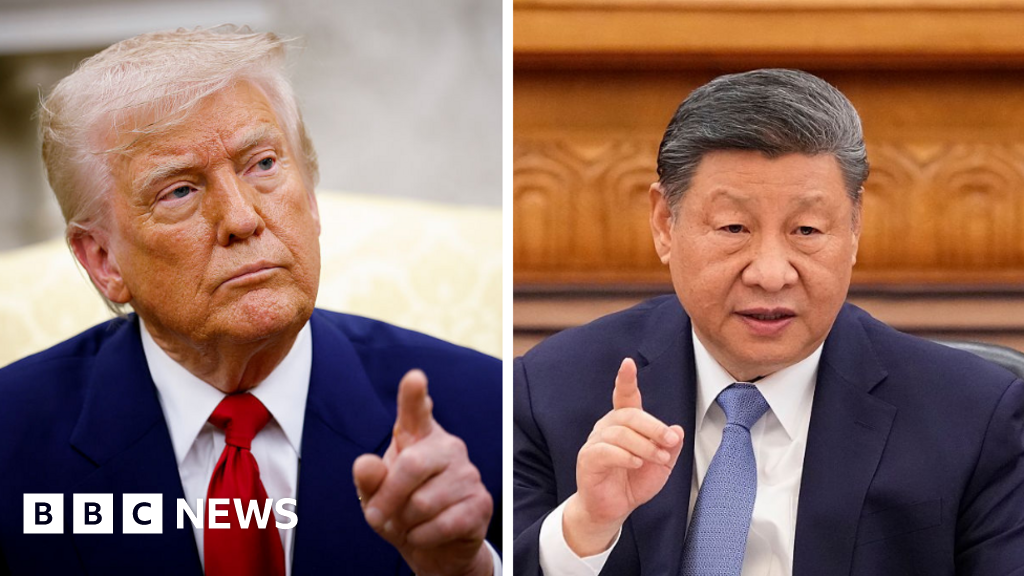The full extent of Iran’s loss of influence in Syria has been laid bare by a cache of documents revealing just how deeply Tehran had embedded itself in the country’s post-war future - and how comprehensively that vision has now collapsed. Iran had a bold plan for Syria, one lifted straight from the strategy book of its sworn adversary. Just as the United States reshaped post-war Europe with the Marshall Plan, Iran planned to remake the Middle East by reconstructing a shattered Syria.
At the centre of this effort was a 33-page study authored by Iranian economic planners stationed in Damascus. The document repeatedly references the Marshall Plan, praising how it secured US supremacy by cultivating “economic, political and socio-cultural dependence.” Syria, it argued, could serve a similar role for Iran: a launchpad for influence across the Levant and a strategic anchor for Tehran’s ambitions.
This vision, led by a Revolutionary Guards officer named Abbas Akbari, was no idle theory. Akbari was tasked with implementing a sweeping economic revival in Syria through a dedicated body called the Headquarters for Developing Economic Relations of Iran and Syria.
His team’s proposals ranged from oil and phosphate contracts to power plants, telecom ventures, and agricultural leases - projects they hoped would not only repay Iran’s military and financial support for Bashar al-Assad, but embed Iran deep into Syria’s post-war recovery.
One line from the study captured the scale of the dream: “A $400 billion opportunity.”
But that dream died with Assad’s regime.
Following the dictator’s fall in December, Iran’s allies fled alongside him.
Syrian rebels ransacked Iranian facilities in Damascus, uncovering hundreds of official documents: signed contracts, frustrated correspondence, and feasibility studies.
The material, read by Reuters, revealed how far Tehran had gone to model its Syria strategy on America’s post-war playbook - and how utterly that plan had unravelled.
Among the most striking features of the study was its admiration for USAID, the US government aid agency - which has borne the wrath of Donald Trump, who has defunded it.
Though Tehran has long denounced USAID as an arm of American imperialism, its planners described it as a model for nation-building.
USAID, the document said, had proven itself an effective tool for economic influence and should be emulated to “increase regional security” and “neutralise sanctions.”
Yet Iran’s ambitions were hobbled by the very forces it sought to outmanoeuvre: war, corruption, mismanagement, and international isolation. At least 40 projects were left incomplete, from a £350m power plant in Latakia to rail bridges and oilfields in the eastern desert. One firm, a private Iranian trader, lost £13m in vehicle parts shipped to Syria days before the collapse. The goods vanished, and the debt was never repaid.
In total, outstanding debts to Iranian companies from Syria’s collapsed regime run into the hundreds of millions. Some estimates of Iran’s broader outlay - including military and credit support - exceed £23 billion.
Akbari’s office had tried to overcome resistance from Syrian bureaucracy, going so far as to advise Iranian firms to engage with “economic mafias” to grease the wheels.
A PowerPoint presentation photographed at the embassy captured the desperation: a list of bottlenecks, banking issues, and warnings about investor fatigue, says Reuters. Even as Akbari pressed ahead with plans to establish a joint bank and barter-based trade systems to evade sanctions, interest from Iranian firms was waning.
The collapse of Iran’s Syria project comes at a perilous time for Tehran.
Israel has dismantled much of its regional influence, killing key commanders and squeezing its proxies. Meanwhile, domestic unrest and economic pressure at home have left little appetite for more foreign entanglements.
Iran’s loss of Syria was more than military or political - it marked the failure of a long-brewing economic strategy to reshape the region in its image. In attempting to emulate the Marshall Plan, Iran found itself instead echoing the hubris of US campaigns in Iraq and Afghanistan: a costly, fragile project in a hostile land, left in ruins.
“The fall of Assad is a major blow to the Axis of Resistance. Iran lost an ally it had poured billions of dollars into supporting over more than a decade of civil war,” said regional expert Megan Sutcliffe.
“They sent thousands of militants, and trained thousands more, in order to keep Assad in power. In return, Assad essentially allowed the free passage of weapons — particularly to Lebanese Hezbollah — as Iran constructed what it refers to as the ‘Ring of Fire’ around Israel, presenting threats to Israeli security from all directions.”

 1 month ago
13
1 month ago
13










 English (US) ·
English (US) ·